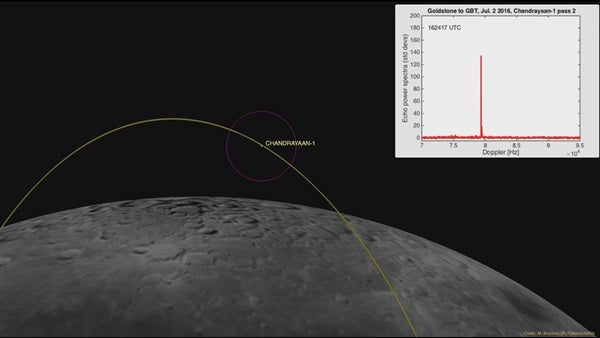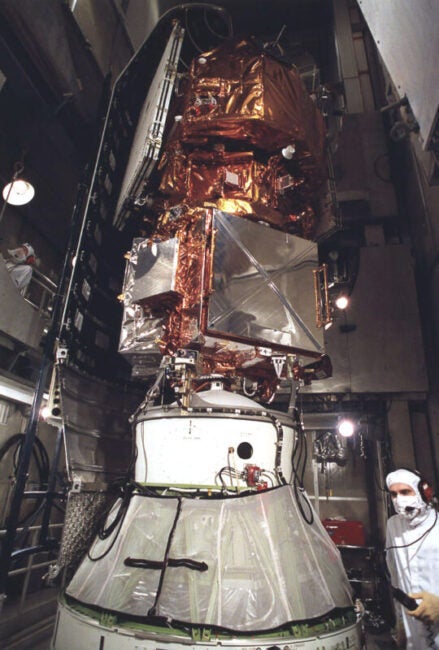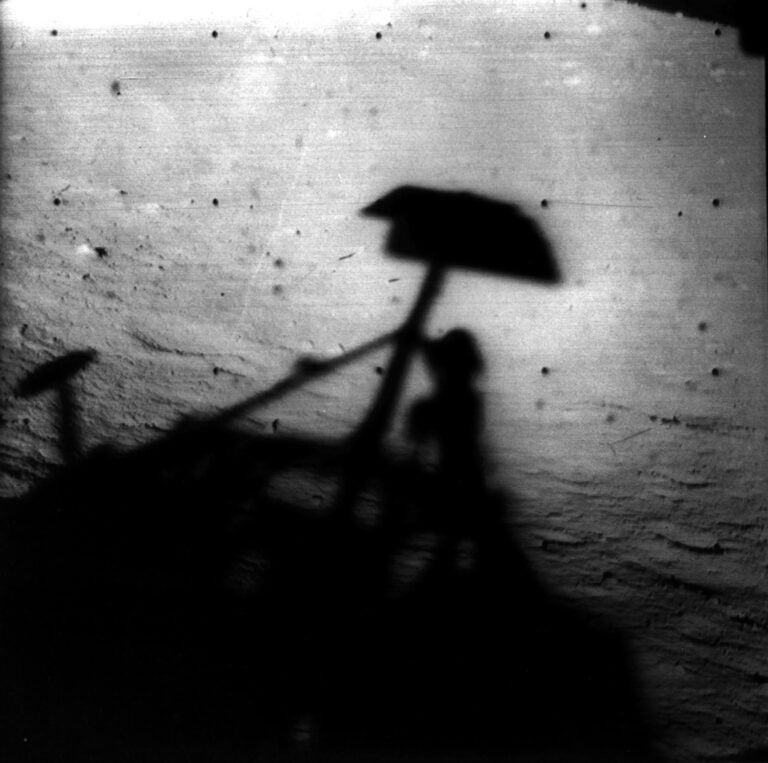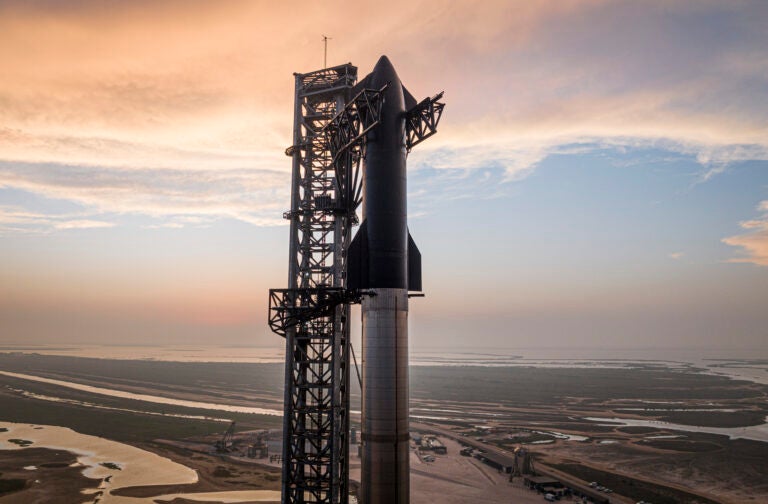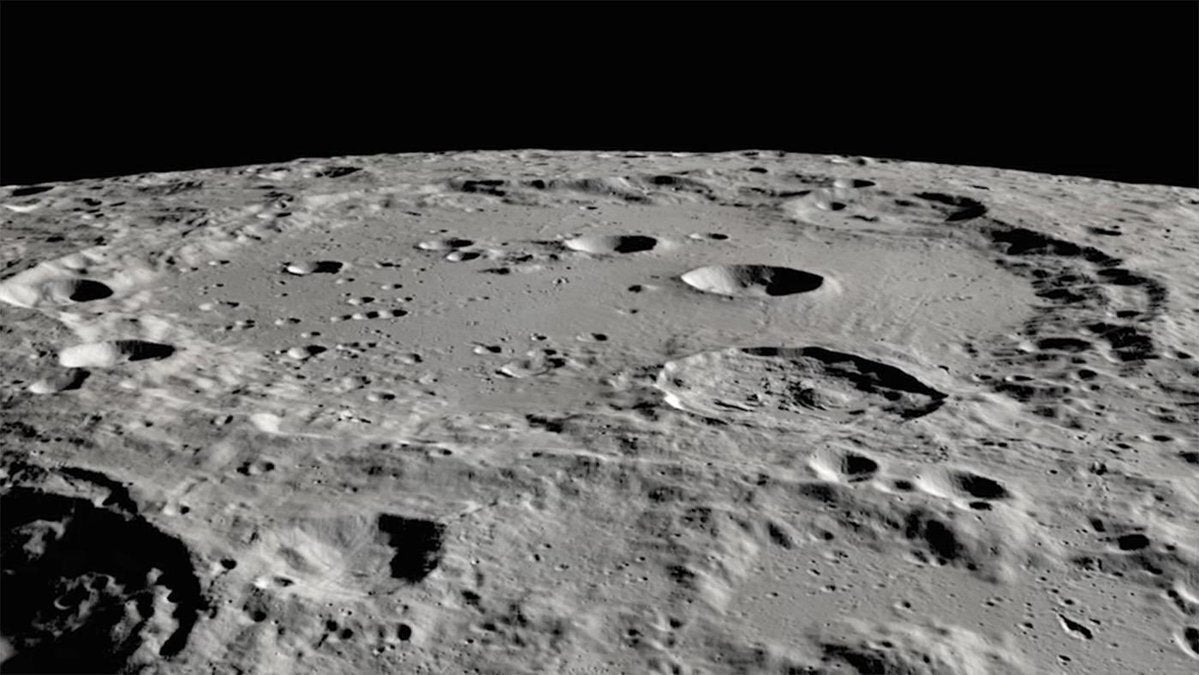Using optical telescopes to find small spacecraft or space debris around the Moon can prove quite difficult due to the glare of the Moon, but a new technology application may have made the process much easier.
Scientists at NASA’s Jet Propulsion Lab developed a new ground-based interplanetary radar and located two spacecraft orbiting the Moon: NASA’s Lunar Reconnaissance Orbiter, which is still active, and the dormant Chandrayaan-1 spacecraft from the Indian Space Research Organization.
“Finding LRO was relatively easy, as we were working with the mission’s navigators and had precise orbit data where it was located,” Marina Brozovic, a radar scientist at JPL and principal investigator for the test project, said in a press release. “Finding India’s Chandrayaan-1 required a bit more detective work because the last contact with the spacecraft was in August of 2009.”
Chandrayaan-1 had been lost for quite some time thanks to the Moon’s mascons affecting the spacecraft’s orbit. Mascons, which are concentrated areas with a stronger gravitational pull than the rest of a moon or planet’s surface, can not only change orbits, but can also cause a craft to crash. Though calculations at JPL showed Chandrayaan-1 was still on the move, they couldn’t find the craft and decided to consider it lost.
In addition to the potential orbit change, Chandrayaan-1 was a bit more difficult to find due to its small size of about five feet (1.5 meters). The team was not positive such a small object orbiting the Moon would have been successfully detected, but finding Chandrayaan-1 proved just how powerful this new radar can really be.
After realizing Chandrayaan-1 was in polar orbit and completed an orbit every two hours and 8 minutes, the team positioned NASA’s 230-foot (70-meter) antenna at Goldstone Deep Space Communications Complex and the 330-foot (100-meter) Green Bank Telescope in West Virginia at the Moon’s north pole. Sure enough, the radar signature showed a tiny spacecraft crossing the beam just about every two hours. They continued studying the radar echoes for another three months to confirm the new orbital predictions.
Besides the change in orbit due to the mascons, the team says Chandrayaan-1 has otherwise remained unchanged.
“It turns out that we needed to shift the location of Chandrayaan-1 by about 180 degrees, or half a cycle from the old orbital estimates from 2009,” said Ryan Park, the manager of JPL’s Solar System Dynamics group, who delivered the new orbit back to the radar team. “But otherwise, Chandrayaan-1’s orbit still had the shape and alignment that we expected.”
The detection of such a small craft from so far away proves just how strong large radars can be, especially when working together.

